1. The Crab Conga Line of Christmas Island
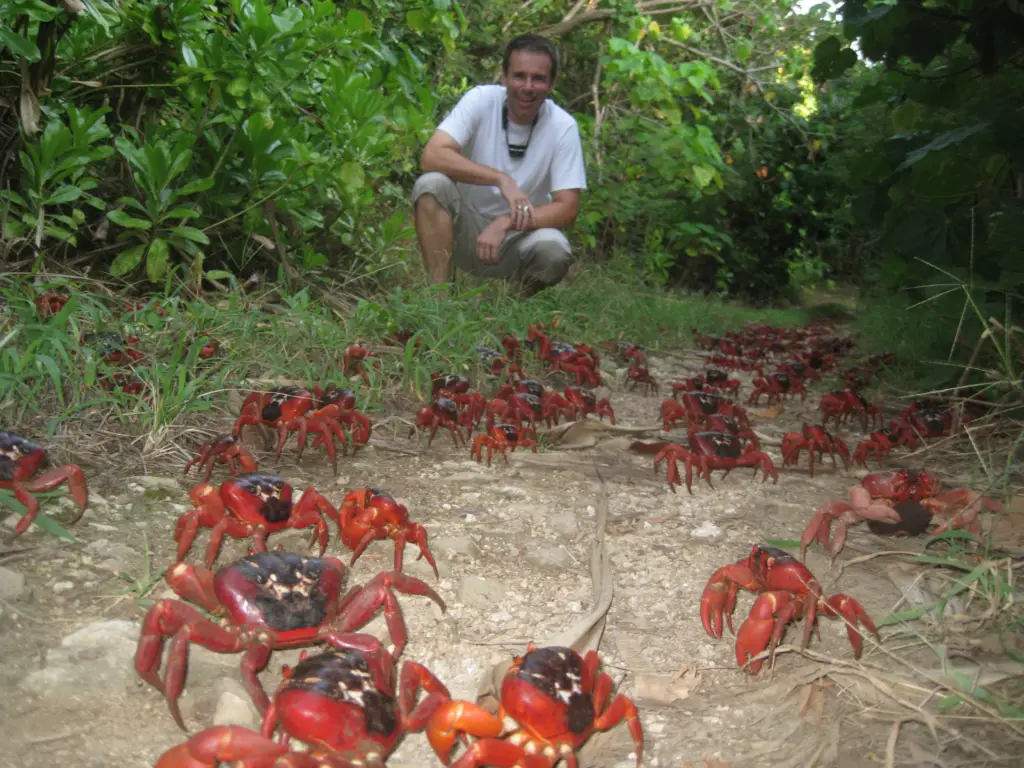
Every year, millions of red crabs on Christmas Island stage a mass exodus from the forest to the coast to lay their eggs. Picture a bright red tide of crustaceans scuttling across roads, bridges, and anything in their way. This migration is so intense that authorities close roads to give the crabs safe passage. The migration coincides with the first rains of the wet season, triggering their move. Along the way, these crabs face challenges like dehydration, predators, and—oddly enough—traffic jams caused by themselves. Once they reach the beach, the females lay their eggs, and the next generation hatches into a frenzy of tiny crabs. It’s chaotic, surreal, and utterly fascinating. The sight of millions of crabs in motion is both eerie and awe-inspiring, turning Christmas Island into a living, crawling sea of red. Despite the dangers, the crabs’ determination to complete their journey is nothing short of incredible.
2. The Monarch Butterfly’s Epic Road Trip

Monarch butterflies embark on one of the most mind-blowing migrations in the animal kingdom. Traveling up to 3,000 miles, they journey from Canada and the U.S. to the forests of central Mexico. What’s weird? The butterflies that complete the journey have never been to Mexico before; their great-grandparents made the trip last year. Somehow, these delicate creatures navigate using the sun, magnetic fields, and perhaps even their sense of smell. Once they arrive, millions cluster together on trees, creating golden, fluttering blankets. Their migration is a multigenerational relay race, with each stage carried out by different generations. The phenomenon remains one of nature’s greatest mysteries, as scientists continue to uncover how these tiny creatures accomplish such a monumental task. The breathtaking sight of trees covered in millions of butterflies is a testament to their resilience and the power of instinct. It’s a journey that connects past, present, and future in the most mesmerizing way.
3. The Infinite Circles of the Wildebeest
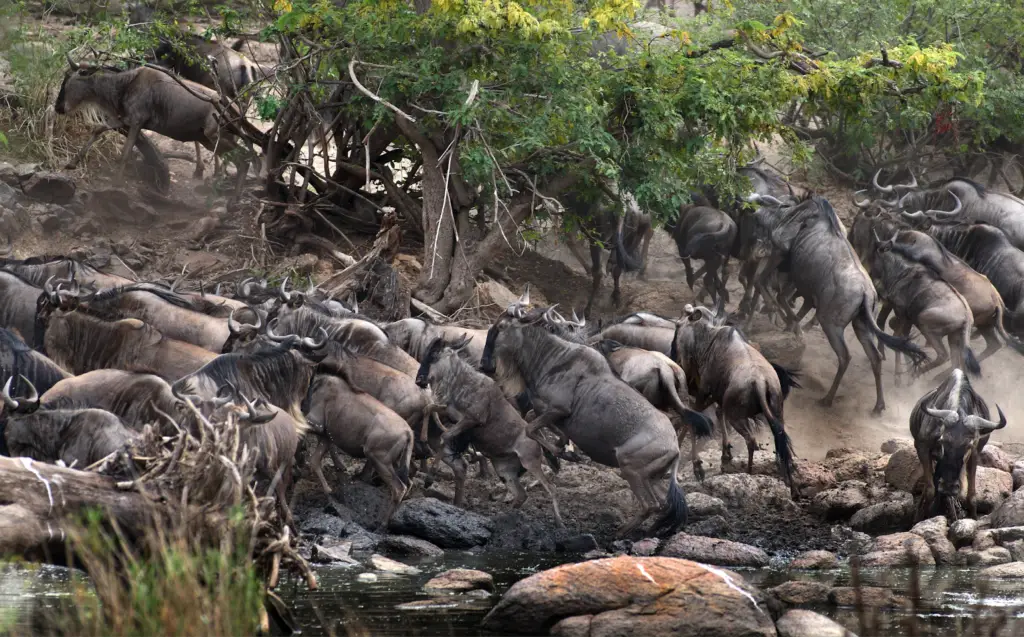
The Great Migration of wildebeest is a jaw-dropping spectacle involving 1.5 million of these ungulates—plus zebras and gazelles—on a constant quest for greener pastures. Covering over 1,200 miles across the Serengeti and Maasai Mara, their journey forms a massive, endless loop. What’s even weirder is how synchronized the whole event is, as if the wildebeest all share one gigantic group chat. They cross crocodile-infested rivers, dodge lions, and endure harsh weather, only to circle back and start all over again. The migration is driven by rainfall patterns, ensuring they always have access to fresh grass. The sight of thousands of animals moving in unison is both chaotic and mesmerizing, a living river of life flowing through the plains. Despite the dangers, the wildebeest press on, driven by an unrelenting need to survive. Their journey is a literal circle of life that fuels the ecosystem around them, supporting countless predators and scavengers. Watching this migration is like witnessing the heartbeat of the savanna, constant and essential.
4. Eels’ Mysterious Journey to the Bermuda Triangle
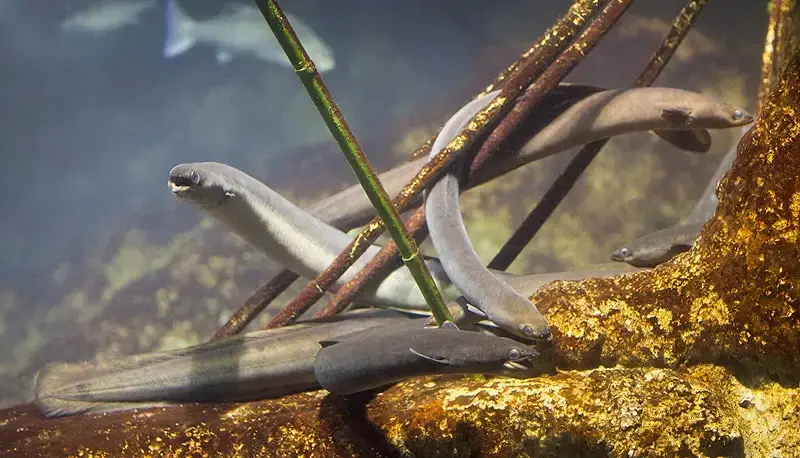
European eels begin their lives in the Sargasso Sea, a mysterious part of the Atlantic near the Bermuda Triangle. From there, they migrate thousands of miles to freshwater rivers and lakes across Europe. Decades later, they make the return trip to spawn in the same Sargasso waters where they were born. The kicker? Scientists have never witnessed their actual spawning. This has led to countless theories about how and where it happens, making the eels’ life cycle one of nature’s greatest enigmas. Along the way, these slippery creatures undergo dramatic transformations, changing from transparent larvae to sleek, silver-bodied adults. Their journey is fraught with challenges, including man-made barriers like dams and pollution. Despite this, their instinct drives them to complete their mysterious migration. The Sargasso Sea remains a place of wonder and intrigue, holding secrets that scientists are still trying to unlock. The eels’ epic journey is a reminder of how much we have yet to learn about the natural world.
5. The “Carpet” of Spiders in Australia
Flickr / J Hort
Every so often, after heavy rains, thousands of wolf spiders in Australia migrate to higher ground. But instead of walking, they’ll spin silk balloons and let the wind carry them away. The result? Entire landscapes covered in gossamer webs that look like shimmering carpets. This migration isn’t just bizarre; it’s downright eerie, transforming fields into scenes straight out of a fantasy movie. These webs can stretch for miles, glistening in the sunlight and creating an otherworldly effect. The spiders’ ballooning behavior is a survival tactic, helping them escape flooding and find new habitats. While the sight might send shivers down your spine, it’s also a fascinating display of nature’s adaptability. The phenomenon is fleeting, lasting only a few days before the spiders disperse. For those who witness it, the spider “carpet” is an unforgettable reminder of how interconnected weather and wildlife can be. It’s a migration that’s as haunting as it is beautiful.
6. The Booby-licious Pilgrimage
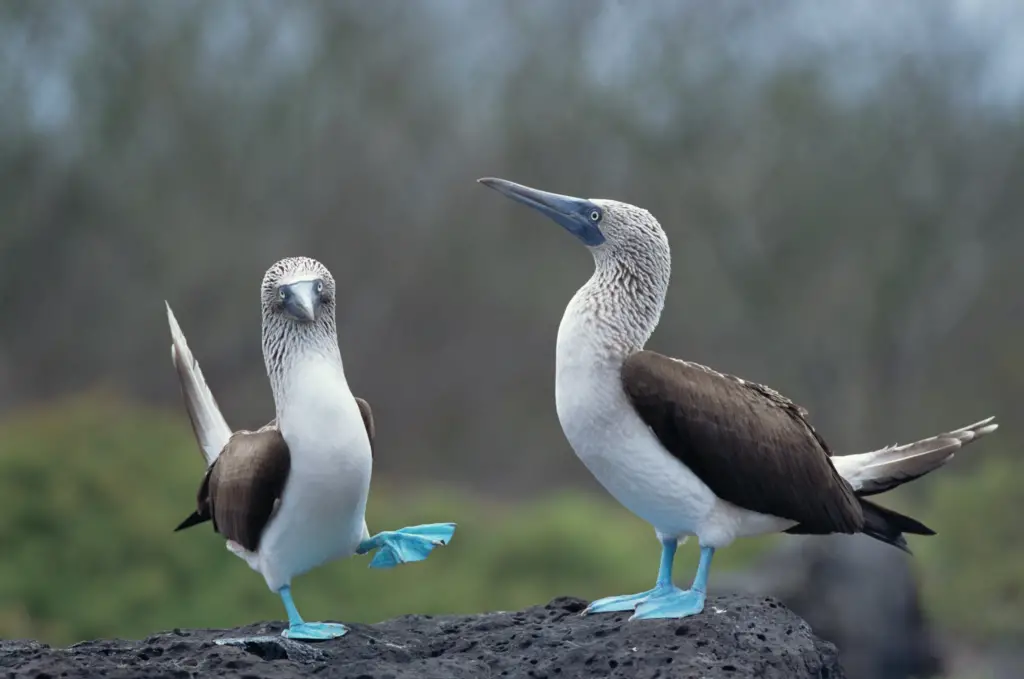
Blue-footed boobies are famous for their wacky courtship dances, but their migrations are equally quirky. These birds don’t follow the strict migration patterns you’d expect. Instead, they migrate in response to the availability of fish, sometimes crossing vast distances to find their next meal. Their striking blue feet, which signal their health and vitality, make them unmistakable during their travels. The boobies’ opportunistic approach to migration means their routes and destinations can change year to year. This unpredictability makes them a fascinating species to study, as scientists attempt to track their movements. Despite their seemingly haphazard migration, blue-footed boobies are highly efficient hunters, diving from great heights to snatch fish from the ocean. Their ability to adapt to changing environments highlights their resilience in the face of fluctuating resources. Watching these birds in action is both amusing and awe-inspiring, a reminder of nature’s ability to thrive against the odds.
7. The Lobster’s Underwater Parade
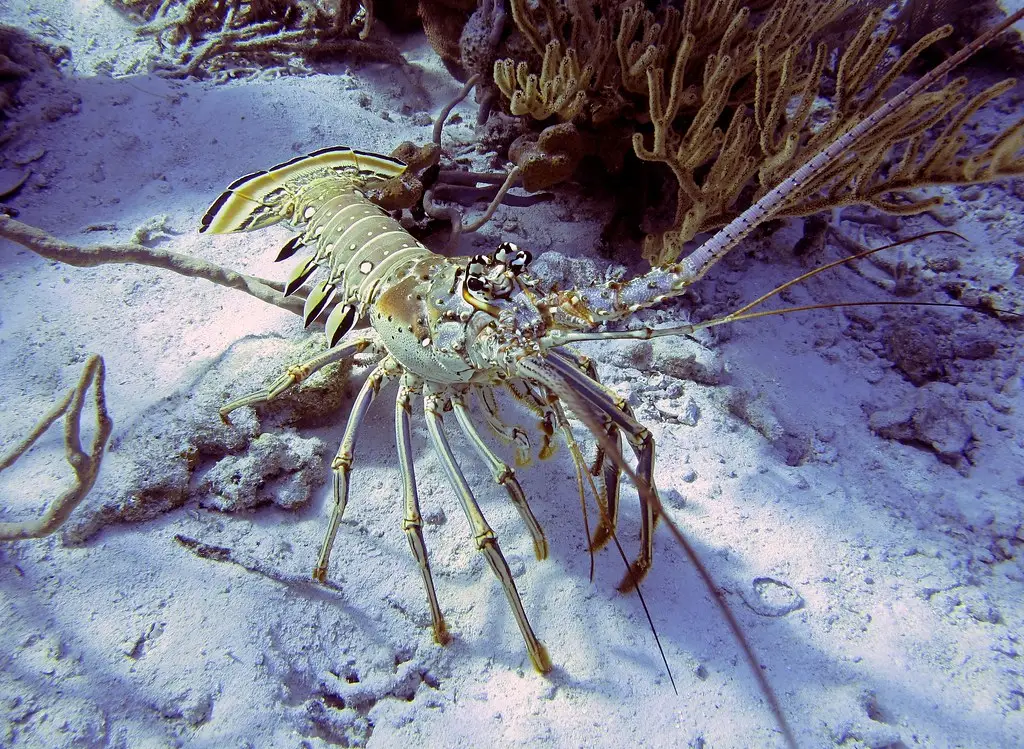
Caribbean spiny lobsters put on one of the weirdest underwater shows. During storm season, these lobsters form long, single-file lines and march across the ocean floor to safer waters. Scientists think this conga line offers protection, as the lobsters use their antennae to connect and sense danger. It’s like a lobster version of a buddy system, only with more legs and antennas. The migration often spans miles, with the lobsters moving in unison like a well-rehearsed parade. Along the way, they navigate rocky terrain and avoid predators like octopuses and sharks. This behavior is triggered by environmental changes, such as drops in temperature or shifts in ocean currents. Watching the lobster parade is both bizarre and mesmerizing, a reminder of how even the ocean has its own traffic jams. It’s an extraordinary example of teamwork and survival, proving that even crustaceans know the value of sticking together. The lobster march is a quirky yet awe-inspiring display of nature’s resilience.
8. The Arctic Tern’s Marathon of Marathons
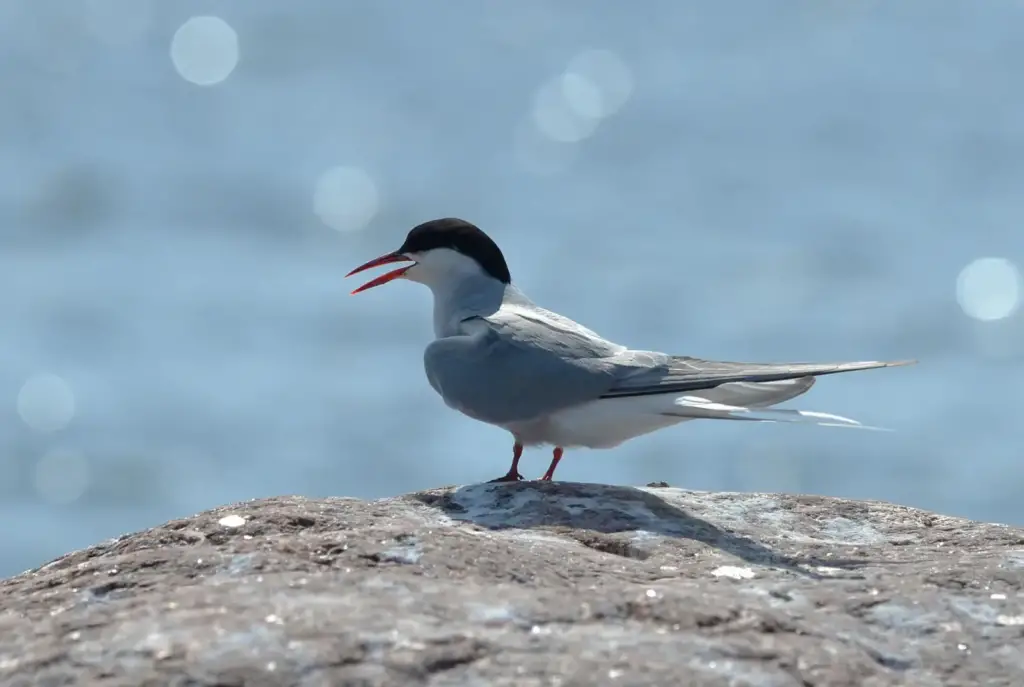
If there were an Olympic gold medal for migration, the Arctic tern would win, hands down. These tiny birds migrate a staggering 44,000 miles each year, traveling from their Arctic breeding grounds to the Antarctic and back again. What’s wild is that they spend more time in daylight than any other animal, chasing summer across two hemispheres. Their migration is the ultimate commitment to avoiding winter at all costs. Along the way, they face challenges like storms and predators, yet they press on with incredible endurance. Arctic terns are also known for their longevity, with some living over 30 years and completing millions of migratory miles in their lifetime. Their journey is not just a feat of endurance but also a marvel of navigation, as they rely on celestial cues and the Earth’s magnetic field. Watching their migration is like witnessing a miracle of instinct and resilience. The Arctic tern’s journey is a testament to the incredible lengths animals will go to survive and thrive.
9. Jellyfish in the Moonlight
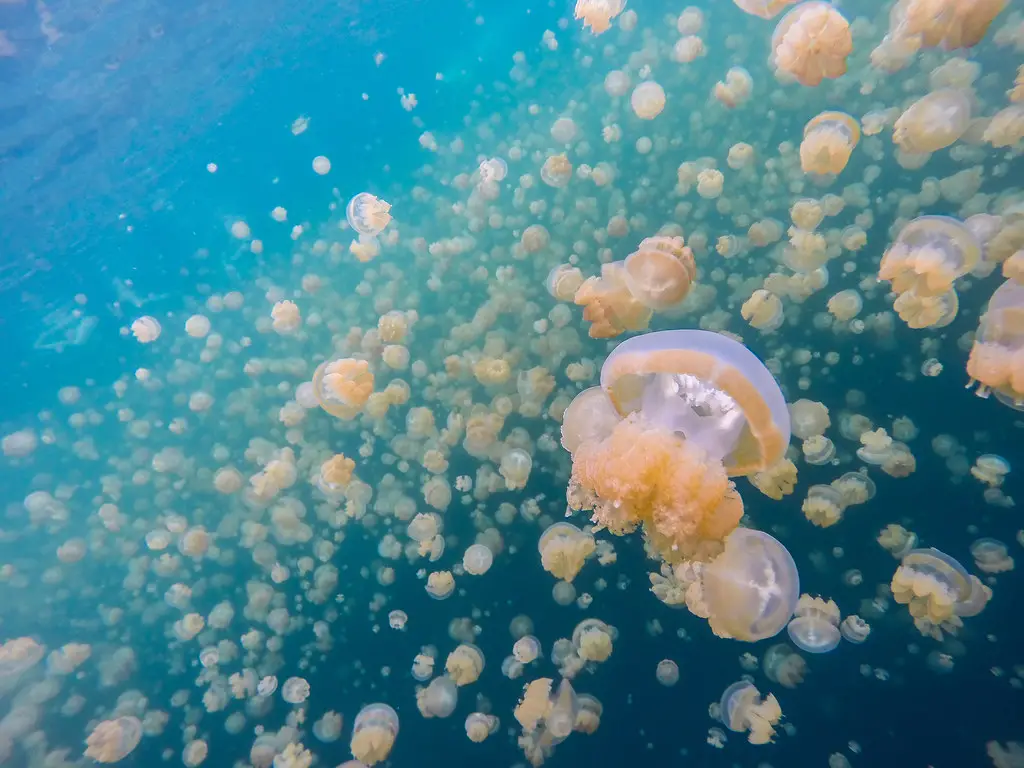
Golden jellyfish in Palau’s Jellyfish Lake perform a daily migration that’s as mesmerizing as it is peculiar. These jellyfish migrate horizontally, following the sun to optimize photosynthesis for the algae living inside them. By night, they descend to avoid predators, creating an ethereal dance of glowing orbs in the moonlight. It’s less of a long-distance trek and more of a choreographed underwater ballet. The jellyfish’s migration is a delicate balance of survival and symbiosis, as they rely on their algae partners for nutrients. Watching their movement is like witnessing an underwater light show, with thousands of jellyfish pulsating in harmony. The lake itself is a unique ecosystem, cut off from the ocean and home to these harmless jellyfish. This daily journey highlights the interconnectedness of life in even the most isolated environments. For those lucky enough to snorkel in Jellyfish Lake, it’s an experience that feels otherworldly and serene. The golden jellyfish migration is a gentle reminder of the beauty and mystery of nature.
10. Penguin Highways
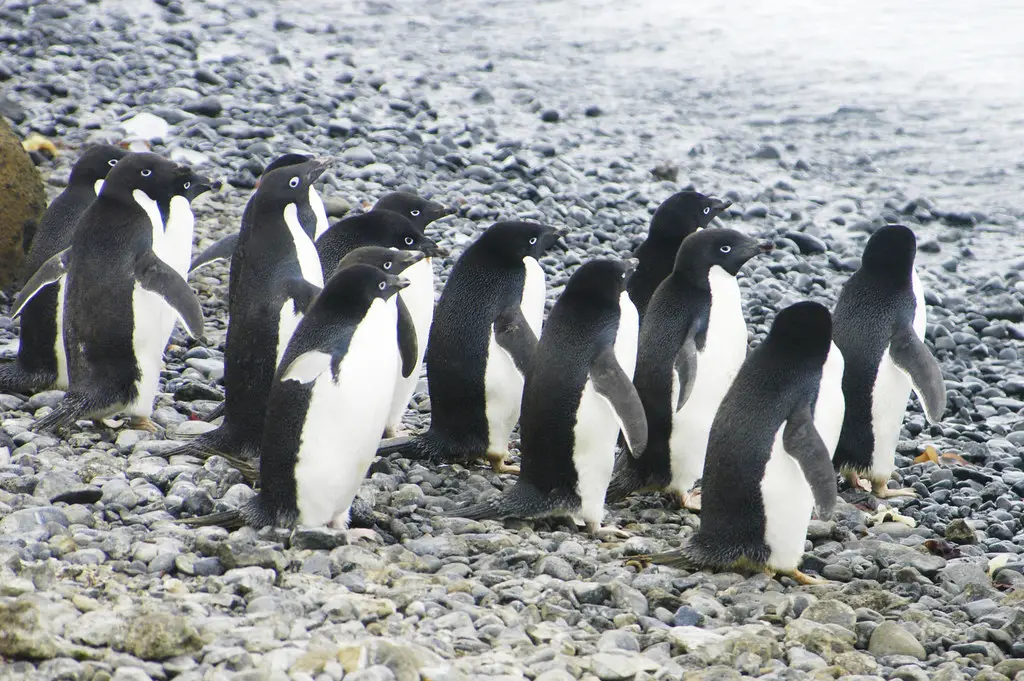
Adélie penguins in Antarctica are known for creating “penguin highways” during their migrations. These well-trodden paths lead from their nesting grounds to the sea, and they’re so efficient that scientists have mapped them. Watching these tuxedoed birds waddle with determination along their icy highways is both adorable and hilarious. The highways are essential for reducing energy expenditure, as they create smoother routes through the snow. Along the way, penguins face challenges like extreme cold, predators, and the occasional territorial dispute. Despite these hardships, they march on with unwavering resolve, driven by the need to feed their chicks or find better nesting grounds. The sight of hundreds of penguins using the same path creates a sense of organized chaos, a flurry of black-and-white determination. Their migration is a testament to the power of teamwork and adaptation.


